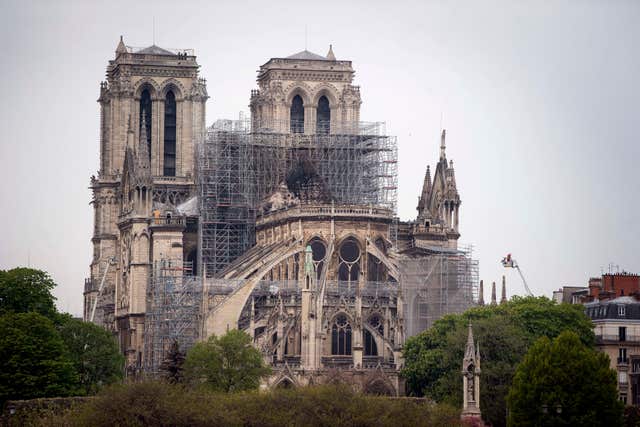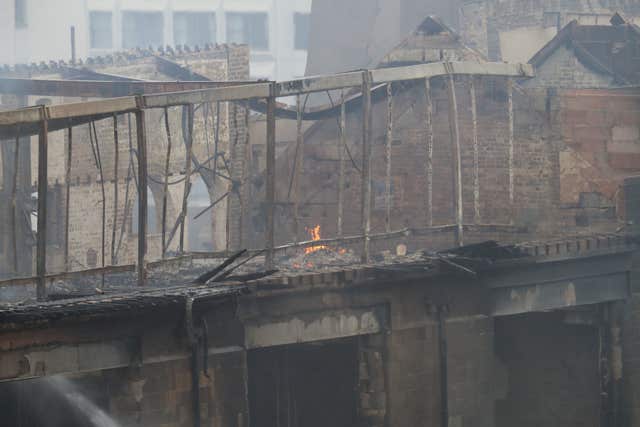Study into historic building fire risk aims to protect heritage
Notre Dame and Glasgow School of Art are among the historic buildings badly damaged in blazes in the past year.

A fire safety expert is leading a comprehensive study into the risk historic buildings face from fire with the hope of preventing more heritage being lost.
Retired firefighter Henry Landis believes listed properties are up to three times more likely to be affected by blazes but says this is not fully recognised in current regulation and fire safety practice.
His PhD research at Glasgow Caledonian University (GCU) will examine fire incidents at 375,000 heritage buildings over the last 12 years.
It is hoped his research could make it easier for fire services to identify listed buildings as soon as an incident is reported and ensure they have the right equipment and support in place to deal with it.

“People felt the same about the art school fire in Glasgow and there are many other examples up and down the land when historic properties are burned.
“These are more than just buildings, they are a tangible connection to our past and those who have gone before us.
“We need to do more to take care of our heritage and my research aims to change the way we think about fire risk in old buildings.”
Mr Landis, who is now a part-time PhD student in fire risk engineering at GCU, became interested in the vulnerability of historic buildings while working in Suffolk, where in some years 14-20 thatched properties would be lost to fire.
The study aims to merge Ordnance Survey buildings data and data representing every building listed by Historic England with records of about 600,000 incidents attended by fire and rescue services annually in England, back to 2009.

He said: “I am never going to be able to pinpoint which buildings are going to burn down next. But I would hope to spot patterns – like the number of fire incidents affecting historic buildings which are being renovated, like Notre Dame cathedral.
“That appears to be a common theme, but looking through news reports is currently of more use to researchers than the official fire data.
“If my study can help change things, then I will have made a real difference now, and also for people who will continue to enjoy these buildings in the future.”
Fire risk engineering programme lead Dr Iain Sanderson, who is supervising Mr Landis’s PhD, said historic buildings are not recognised in the input parameters of the fire incident recording systems in Scotland and England.
He said: “Fire crews responding to an incident don’t always know if it’s a heritage building at risk until they get there – by which time it might be too late to get the right equipment and support in place.
“Henry’s research could change that by making it easier for fire services to identify listed buildings as soon as the incident is reported.
“His long career in the fire service give him significant background knowledge which will help him take on a project of this scale and national importance.”





